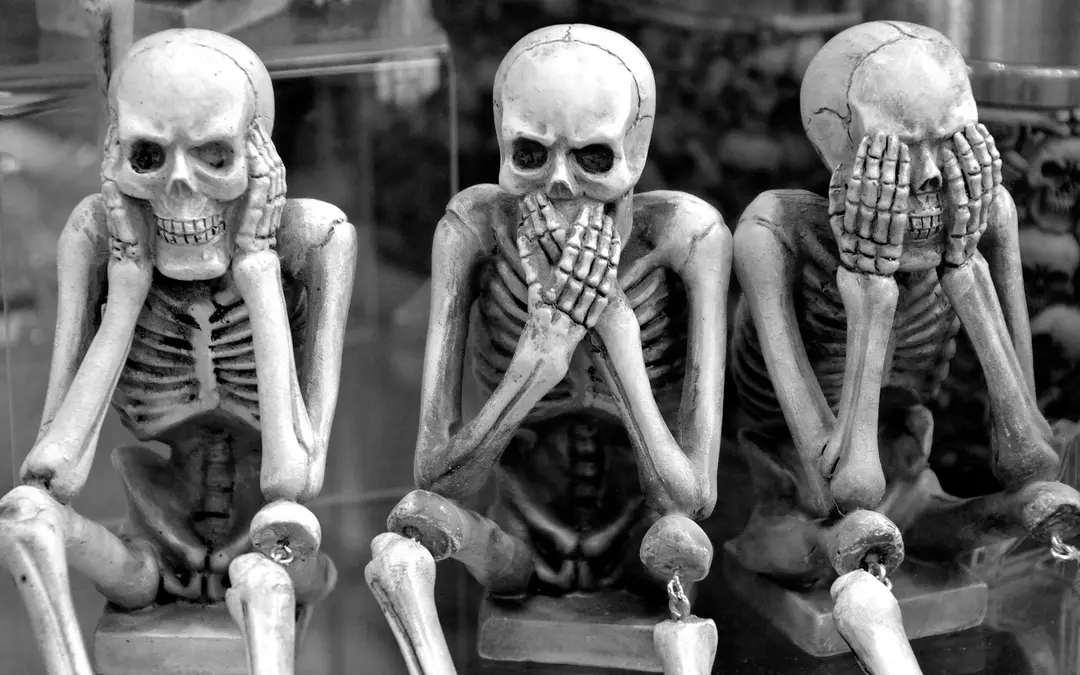All writers have a grammar pet peeve list — phrases and writing errors that really get under our skin. It’s/its. Their/there. But I think there’s a whole other list of web writing pet peeves, and one sits at the very top: click here.
Click here, when used as link text, is completely redundant. Strunk and White would have had a coronary if such a thing existed during their lives.
In the phrase “Bob Dylan released Love and Theft on September 11, 2001,” the link text “Love and Theft” communicates that you will get more information about the album if you click the link. I could have written “Bob Dylan released Love and Theft on September 11, 2001. Click here for more about Love and Theft.” What a waste of words.
A missed opportunity
Click here represents a missed opportunity; worst of all it tells me immediately that the writer does not understand the deeper underpinnings of web content.
From a user experience standpoint, the phrase suggests the writer doesn’t care about the user. Link text should indicate to readers what they will get in return for clicking the link. The link text should correlate to the page title of they will be served after clicking the link. A user clicks the descriptive link text and is rewarded with a page of content that matches their expectations. Happy user.
Digging deeper, link text is a key in search engine optimization (SEO). Google and other search engines give more weight to descriptive link text than the generic “click here.” We all want our content to be found — that’s the only good reason to publish it. Don’t harm your SEO through lazy writing.
Web content is an ecosystem in which the best practices also happen to reinforce positive outcomes: more satisfied users and better search engine placement.
My click here rant is not new. Web writing best practices preached this from the beginning. Yet somehow I still see “click here” on too many web pages. So I renew the fight. Click here: don’t do it.
